Grocery has been under a cloud in 2012. Who’s sinking, who’s weathering the storm, and who’s home and dry?
Exhilarating highs. Crashing lows. With the Jubilee and Olympics on the cards, everyone expected 2012 to be a year of extremes. What we didn’t count on was the weather.
It wasn’t just the rain - though it was the wettest summer in 100 years. It was the lack of sunshine, down 30% on average in June. And also the dry winter and early spring. Faced with the prospect of severe drought, and with the introduction of a hosepipe ban in April, many farmers switched to shorter season crops - or simply planted less. In the event, the potato crop was hit by severe blight, while the British wheat harvest was virtually unusable. And most recently, of course, the Midlands and South-West have been plagued by ooding - with every bit as much potential for damage as drought - while the North has frozen over.
The elements have been a gift for the climate change lobby; less so for grocery. As Mike Watkins, Nielsen UK head of retailer and business insight, puts it: “The unpredictable weather has been quite a challenge for products, as challenging as the macro-economic conditions.”
It’s also hard to avoid a sense of pathetic fallacy. Faced with a range of challenging factors, including but not restricted to the weather and the economy, grocery as a whole has been under a cloud. Value sales are in growth, up 3% (although even that trails retail price in ation, which stood at 3.2% in the year to October 2012) - but volumes have plunged 3.2% year-on-year. In short, although consumers are paying more, they are buying less.
“There is evidence that because consumers have lower disposable incomes they are buying only what they need and looking to reduce food waste by cooking smaller portions,” says Napolina marketing director Dean Towey.
Watkins suggests it’s more a case of “consumers shopping differently and buying different [ie smaller] pack sizes,” he says. “People are saving in some categories to treat themselves in others. It’s a case of economise, not compromise.”
He cites the success of sparkling wines, and of Waitrose and M&S dine-in offers, as evidence that consumers are not straightforwardly cutting back - and it’s true that, of all the ways suppliers have been able to keep their products swimming rather than sinking, offering an indulgent option has proved one of the most effective. At a top level, the categories avoiding volume decline have been among the most comforting - think chocolate
confectionery, crisps and soup - and the same is true for individual products.
Take biscuits. The category as a whole is oundering, but there are products posting strong growth - and many of them are of the indulgent, chocolatey variety. Rocky has grown volumes by 9.8%; Club, by 6.5%. Teatime favourite Cadbury Fingers is up 9.6% in volume, while US import Oreo boasts 11.3% growth.
Such products are arguably benefiting from the buoyancy of chocolate confectionery, and the same is true in cakes. Like biscuits, cakes as a whole have developed a bit of a soggy bottom, with volumes sinking 1.1% - but products taking their cues from the chocolate aisle have bucked the trend. UBUK’s Galaxy and Jaffa Cake bars have grown volumes 5.4% and 5.2% respectively - and Twix Slices are leading the category, up 72.8% .
“Consumers don’t want to risk a valuable chunk of a shrinking weekly grocery spend on unknown new products” Paul Beresford, Cambridge Market Research
It’s not just snacking where we’ve developed a taste for indulgence. Many of the cereal products doing well are also at the über-sweet end of the spectrum - Krave, Cookie Crisp, Coco Pops and Sugar Puffs, for instance. A far cry from wholesome muesli, though it must be said that Alpen and Jordans Country Crisp have also managed double-digit volume growth.
The new convenience food
Another beneficiary of consumers changing the way they eat - what Watkins terms “much more exible eating occasions” - has been out-of-home products. As more and more office workers stay at their desks for lunch - various polls published in the past year put the figure at anything from 60% to, in the case of City workers, 82% - there’s a growing market for quick, easy, no-prep food.
It’s no great surprise that soups, which tick both comfort and convenience boxes, are doing well. But the stand-out growth has been in instant pot snacks, which has boosted volumes by 8.4% - ahead of every other category.
“There is a strong trend in the growth of instant snacks,” acknowledges Alicia Sealey, Sainsbury’s buyer for canned beans, soup and desserts. “Following our most recent range review in September, Sainsbury’s has increased the space given to this range by around 50%. This has allowed us to introduce a large range of new microwaveable ambient meals and premium instant noodles. Both are showing very promising performance and the category as a whole is experiencing exceptionally strong growth, driven by new products.”
Nor is the phenomenon confined to lunch. A Warburtons survey of nearly 3,000 adults, published in June, revealed that more than 40% regularly ate breakfast at work. As with missed lunch breaks, the trend was particularly prevalent among younger workers, with 60% of 18 to 21-year-olds and 53% of 21 to 30-year-olds buying breakfast on their way to the office. It’s a shift in habits reflected in the growth of cereal bars and breakfast biscuits - with Belvita’s 71.9% growth spawning a host of imitators, while cereal brands, including Alpen and Quaker, have also ventured profitably into pots and sachets.
“We are seeing an increase in demand for out-of-home solutions,” confirms Mark Bartholomew, Sainsbury’s buyer for cereals and preserves. “The success of breakfast biscuits is well documented and while there is some growth in other cereal bars, the main growth area is in porridge pots.
“Sales have almost doubled over the last year and we have been capitalising on this both in terms of merchandising - by placing these alongside cereal bars as an on-the-go product - and also by launching and extending our own-label range of pots.”
“Retailers have had a very challenging year from a planning and seasonal product management perspective” Tim Morris, Planalytics
However, he cautions that NPD in the arena does not necessarily equate to sales success. “There have been a number of new ready-to-eat cereal products launched over the last couple of years, but very few of them have taken off so far.”
Innovation drying up
Indeed, NPD across grocery hasn’t always worked, reflected in the relatively low number of new products making it into the Top Products rankings. Last year, 11 new products featured in the Top Products Survey tables; this year, there are just two: Greggs frozen pies and Walkers Deep Ridged crisps. It’s fair to say innovation in 2011 was unusually prolific - in both 2009 and 2010, only four new products made it into the top rankings - but, especially since this year’s report contains more Top Products than ever, the 2012 count has still been disappointingly low.
“Levels of launch activity have fallen significantly over the last three years, down by around 45%,” says Cambridge Market Research MD Paul Beresford, referring to the number of new products picked up by the company’s Fast Foodfax store monitors. “This is particularly evident in the branded sector, with own label still active as major retailers have looked to raise standards and use innovation to strengthen their positions.”
In 2012, he says, most branded players have simply used existing assets, introducing range and flavour extensions. Sure enough, many of the products posting the strongest growth have been those that have invested in new takes on existing lines. In chocolate confectionery, for example, by far the most impressive volume growth has come from Wispa and Twirl, both of which have recently gone after their own portions of the popular sharing bag market. In alcoholic drinks, Bulmers No 17 - a new flavour added to the cider brand’s portfolio in June 2011 - has this year shot 22 places up the ranks into ninth position. And in ice cream, Ben & Jerry’s owes its turnaround (sales are up 16.1%) chiefly to the introduction of its new superpremium ‘Core’ range.
Beresford suggests concentrating on NPD under the auspices of familiar brands aligns well with consumers’ current priorities. “They don’t want to risk a valuable chunk of a shrinking weekly grocery spend on unknown new products that might not be enjoyed; safer to have something a little bit different from an established brand,” he explains. “This has been demonstrated in a roll call of good ratings on new products from some of Britain’s biggest brands: Ambrosia, Tetley, Walkers, Aunt Bessie’s, Heinz, Kit Kat, McCain and even Viennetta. In contrast, there have been few new brands entering the market, with consumers wary of those that have.”
The Olympic Torch Relay coincided with the wettest June in 100 years, with twice the average rainfall, and 30% less sun
Many large manufacturers are continuing to reap the rewards of bold innovation in 2011. The most spectacular example is Innocent’s extension from smoothies to juices. Sales are smoking, up £62.4m (43.7%), helped by better distribution and new variants, following last year’s sales surge of £20.1m (17.6%) in 2011. Meanwhile, Stella Artois Cidre has risen four spots in the cider & perry rankings, to second; in crisps, Walkers Crinkles has climbed four, to 12; Heinz Squeeze & Stir has leapt from 24th to 11th in soups. And they’re the tip of the iceberg - a raft of other recent launches, including Dolmio canned pasta, Flora Cuisine, Goodfella’s Flatbread, Uncle Ben’s Rice Time, Cook Italian pasta and Campbell’s cup soup, continue to post impressive growth.
Watkins strenuously contests the idea that innovation has dried up altogether (and though it’s early days, two of our Top Launches this year - Popchips and Yoomoo - are entirely new brands). But Watkins argues suppliers are investing more in message innovation. “There’s been more innovation in how the industry communicates products to shoppers, and more innovative use of media, especially digital and social media. Brand owners are having to try harder to stimulate demand.”
Poweraded by the Games?
While the Olympic Torch Relay was a washout, the turning point in a turbulent year for grocery was July and August, around the Olympic and Paralympic Games, according to Nielsen UK head of retailer and business insight Mike Watkins. These events, he says, “did not necessarily build long-term growth, but helped build sales in the short term”. For many of the sponsors of London 2012, however, the summer of sport has not been the golden ticket they hoped for - at least in terms of the annual performance of the products featured in our Top Products Survey
Coca-Cola (2 out of 5)
Glorious gold: Monster/Innocent
Biggest op: Powerade
Of the 19 Coca-Cola lines in TPS 2012, 10 increased in value and seven in volume. Collectively, sales are up 5% (value) but down 0.9% (volume), or 2.1% and -3.1% without Innocent.
Cadbury & Trebor (4 out of 5)
Glorious gold: Wispa
Biggest op: Trebor
Life looks sweet for Krafts‘s sponsor brands: Cadbury (including Bassetts) and Trebor. Twelve of their collective 16 Top Products are in value growth and 10 increased volume sales.
Procter & Gamble (2 out of 5)
Glorious gold: Oral-B toothpaste
Biggest op: Daz powder
Major-league sponsor P&G boasts a whopping 32 Top Products, with 20 in value growth, and 12 up by volume. P&G’s topline volume sales were down 6.8% overall.
GlaxoSmithKline (3 out of 5)
Glorious gold: Corsodyl
Biggest op: Horlicks
The more things change, the more they stay the same. GSK volumes overall are at and up 0.6% in value, with half its 20 Top Products in value growth, and eight adding volume.
Heineken (4 out of 5)
Glorious gold: Bulmers No 17
Biggest op: Strongbow
A mixed bag for Heineken’s Top Products, but across the board it’s doing pretty well - up 3.1% in value and 1.9% in volume. Of its nine Top Products, five are in value growth.
Nature Valley (4 out of 5)
Glorious gold: Nature Valley
The only product-specific sponsor at London 2012, and a last-minute one at that, this General Mills-owned cereal bar has been arguably the greatest beneficiary, with value and volume sales up a quarter
In some cases, this manifests itself in a wholesale repositioning. Take Wrigley’s Airwaves gum, which in May moved from pitching itself as a decongestant to a more general reinvigorator, with the strapline ‘Pocket some pow’. More recently, McCain’s has revealed plans to reposition
from a chip-focused brand to a broader potato-oriented one, and Baileys - down 15.6% in volume this year - has opted to focus more heavily on women and younger drinkers following disappointing sales across Europe.
Not that repositioning is always a lifebuoy for sinking sales. Special K abandoned its quick- fix ‘drop a dress size’ tack at the start of the year, with a new plus-size campaign following in Dove’s footsteps by promoting a healthy body image - but it hasn’t prevented double-digit value and volume sales declines for the brand. Still, the move does seem to have been in line with changing consumer thinking: diet-focused brands across the board are struggling.
Healthy eating feels the pinch
Take Weight Watchers, which boasts 10 products in the Top Products Survey. Seven have lost value sales year-on-year and eight are down in volume. Only one product - perhaps the least convincing as a low-calorie proposition, Weight Watchers savoury pastries - has managed to grow sales by more than 6%.
In July, it rained 48% more than usual - and 22% more in August. But miraculously little rain fell during London 2012
Changing attitudes towards weight loss are also causing problems for Shape yoghurts, Nimble bread, I Can’t Believe It’s Not Butter, Batchelors Slim-a-soup and Baxter’s Healthy soup range, all down in value and volume sales year-on-year. And although Go Ahead! biscuits, Low Low cheese and FryLight are faring well, other products that look to be a oat in value terms - such as Cadbury Highlights, Options hot chocolate and Müllerlight yoghurts - have suffered volume declines.
How can the industry weather the weather?
The British weather is as notoriously unpredictable as it is bad. But is there anything suppliers and retailers can do to mitigate its impact?
“The first step is to stop hoping long-range weather forecasts are going to become more reliable,” says Tim Morris, MD Europe at business weather intelligence provider Planalytics. “The second is to recognise effective planning can be done without a telephone line to God. Effectively and systematically understanding the impact of weather on consumer behaviour allows a reliable prediction of the likely impact of weather.”
The elements are most problematic for grocery when suppliers and retailers do not understand how to interpret their patterns. “Any retailer who used the last year or an average of the last three years as a guide to this year’s performance will have had a very difficult time,” says Morris.
He points out that retailers will not be planning for another Jubilee weekend this year - nor for a rerun of London 2012 - but many, irrationally, will be planning for another cold and wet spring. The same is true of winter. “The cold snap before Christmas in 2010 was the coldest in 40 years, so planning for a repeat in 2011 and buying snow-clearing stock in volume made no logical sense, but many did just that,” says Morris, adding he has seen stores still selling stock from 2010.
There’s no denying the relationship between weather and demand is complex - but understanding it, as Morris puts it, “adds a clarity to planning and decision-making that drives real value”.
Beresford points out that, although the number of those claiming to be on a formal diet has increased in 2012, “eating healthily is more important than dieting”. Health, he says, remains a powerful influence on new product choice - one that plays a “secondary, but powerful, role in product selection”. It’s a sentiment echoed by Watkins. “Dieting is too specific a word. It’s more about broader wellbeing. Our research shows shoppers are still concerned about health - it’s just not top of mind.”
The distinct lack of sunbathing weather this year has doubtless made shifting that last half a stone less of a priority for many consumers. Indeed, the mild seasons have given many categories a bit of a headache, particularly those that rely on hot summers or cold winters.
“Retailers have had a challenging year from a planning and seasonal product management perspective,” says Tim Morris, MD Europe at Planalytics. “After a very dry winter in which the cold snap came much later than the previous year, and after much publicity about drought and a widespread hosepipe ban as spring kicked off, we then had six weeks of cool wet weather just as the season should have been improving.”
Little wonder some suppliers have been feeling at sea. Categories suffering from too warm a winter include OTC medicines - particularly, but not exclusively, cold & flu remedies - chocolate & malted drinks and tissues; and at the other end of the seasonal scale, soft drinks, ice cream, lager and cider & perry have been hit by volume declines.
And it’s not just seasonal categories that have felt the pressure. Across grocery as a whole, weather is “by far the largest external influence of consumer behaviour,” says Morris. He adds that its impact is heightened “when economic pressures increase, because consumers buy closer to the point of need” - suggesting this year’s weird weather coinciding with the UK entering double-dip recession has been particularly damaging.
All in all, there’s no denying 2012 has been a bit of a washout for grocery. But every cloud has a silver lining, and the forecast for 2013 looks relatively bright. Not in terms of the weather - although, as Morris puts it, “a nicely rounded winter is beginning”, which should be some comfort to products hit by last year’s warm spells. No, the really good news for grocery, according to Watkins, is that not only are market trends in the UK
“quite good versus a lot of other countries”, they’re also good compared with this time last year.
With chancellor George Osborne warning the economy will be under the weather for five more years, Watkins is not suggesting the sun will come out tomorrow - but the clouds are starting to break. “Clearly the big picture isn’t going to change,” he says, “but units and volumes are starting to improve slowly but surely, whereas this time last year they were getting worse. We’ve had it tough, but things should become more stable. We’re finishing Q4 in a better position than we started the year. It’s tough out there, but the industry’s doing a good job on delivering for shoppers and giving them affordable food.”
Download the Top products survey 2012
Methodology
The Grocer’s Top Products Survey is sourced using data from Nielsen’s Scantrack service, which monitors weekly sales data from a nationwide network of EPoS checkout scanners and represents sales in approximately 65,000 outlets nationwide including grocery multiples, co-ops, multiple offlicences, independents, multiple forecourts, convenience multiples and symbols. Data for nappies and baby products, personal care and OTC is sourced from Nielsen’s Personal Care and Over The Counter services, which include grocery multiples, impulse and chemist trade channels. This year, Nielsen has introduced online grocery retailers including Ocado, and online fulfilment stores (‘dark stores’) into its grocery coverage. Impulse channel feeds have also been strengthened through forecourt retailers. Following the convergence of Netto stores to Asda, historic Netto data has been removed from the Scantrack read. Nielsen no longer includes estimates for Aldi or Lidl within Scantrack. Figures and rankings from last year’s survey may therefore have been amended before being re-quoted as last year’s figures in this survey.
The data period for the Top Products Survey is MAT 13 October 2012, except for tobacco where data is available only for full calendar months. Tobacco data is therefore MAT 30 September 2012. Nielsen’s Retail Measurement Service provides comprehensive information on actual purchases, market shares, distribution, pricing and promotional activities, and is the fastest and most accurate monitor of consumer sales in Europe. Nielsen services are constantly improved to reflect the retail marketplace, with back data being regularly reprocessed. It offers the UK’s most comprehensive read.
Copyright: The Top Products Survey data was compiled by Nielsen exclusively for The Grocer magazine/ William Reed Business Media. No reproduction of this list or data within, in full or in part, is permitted for commercial use without the prior consent of Nielsen.
Table notes
Butter & margarine: includes solid oils.
Milk: includes all milk, with branded milk and dairy brands listed in the table.
Frozen pizza: category is split by sectors, including dietary, deep, light meal, restaurant-style, takeaway-style and thin.
Tea & coffee: decaf variants are split out.
Laundry: category split by formats (tablet, gel, powder, liquid and capsule).
Table sauces: includes thick and thin table sauces, including salad dressing.
Frozen fish: due to re-segmentation of database, products are split differently to 2011 and at a level more in line with the other categories.
Soup: snack pots are excluded from soup but included in instant pot snacks.
A great year for sport. A washout for grocery...

Exhilarating highs. Crashing lows. With the Jubilee and Olympics on the cards, everyone expected 2012 to be a year of extremes…
 Currently
reading
Currently
reading
Top products survey 2012: A great year for sport. A washout for grocery...
- 2
- 3
- 4
- 5
- 6
- 7
- 8
- 9
- 10
- 11
- 12
- 13
- 14
- 15
- 16
- 17
- 18
- 19
- 20
- 21
- 22
- 23
- 24
- 25
- 26
- 27
- 28
- 29
- 30
- 31
- 32
- 33



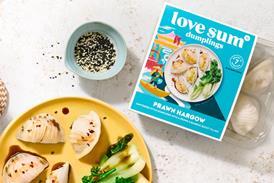
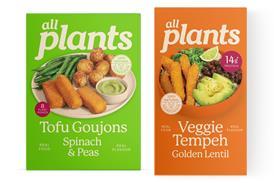



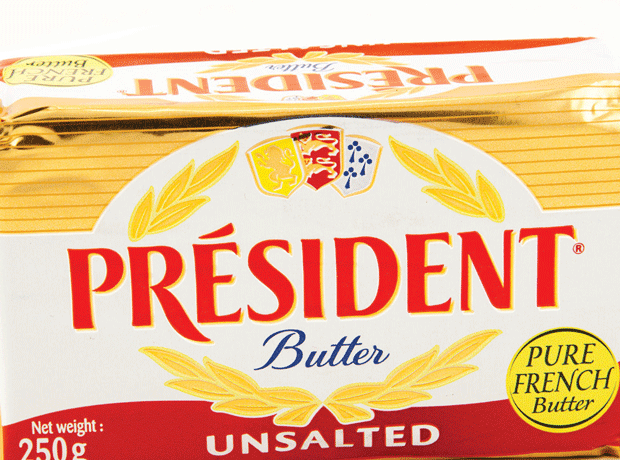

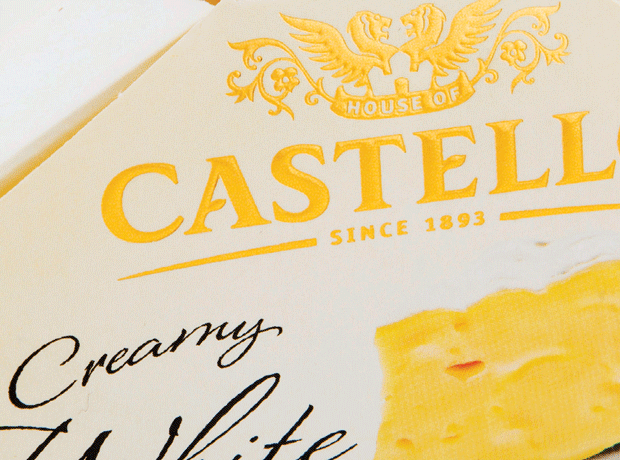
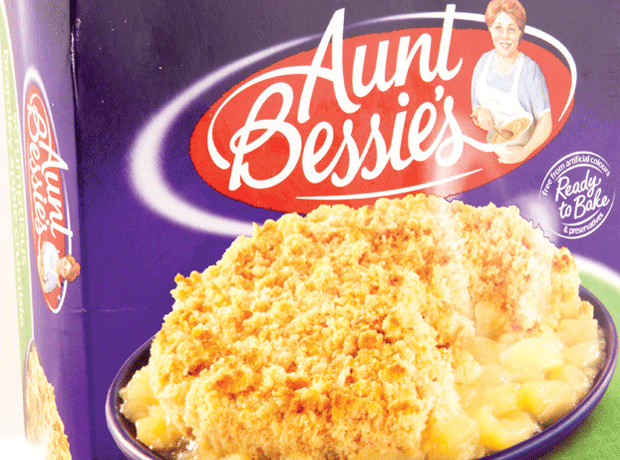

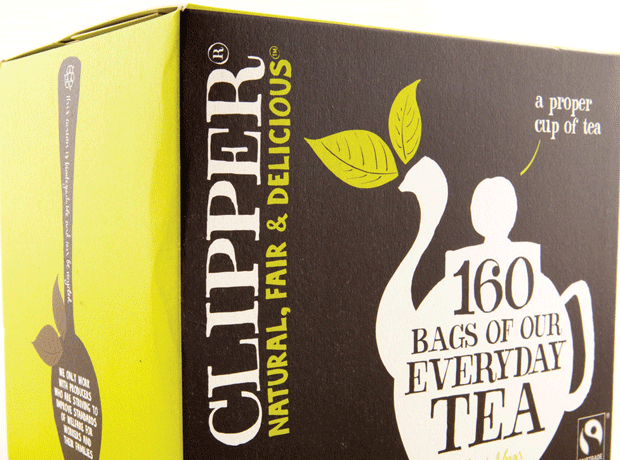
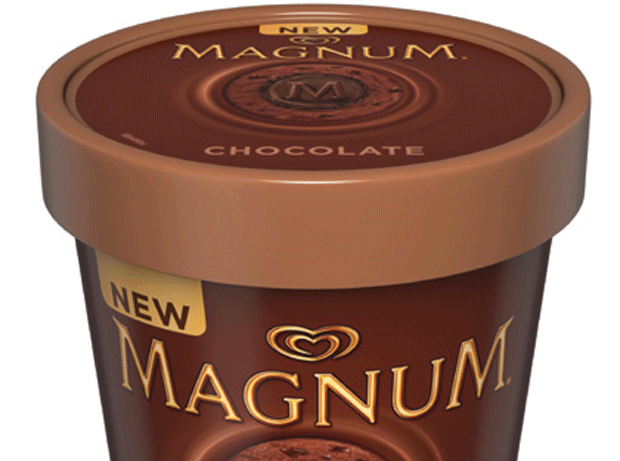
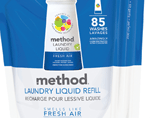

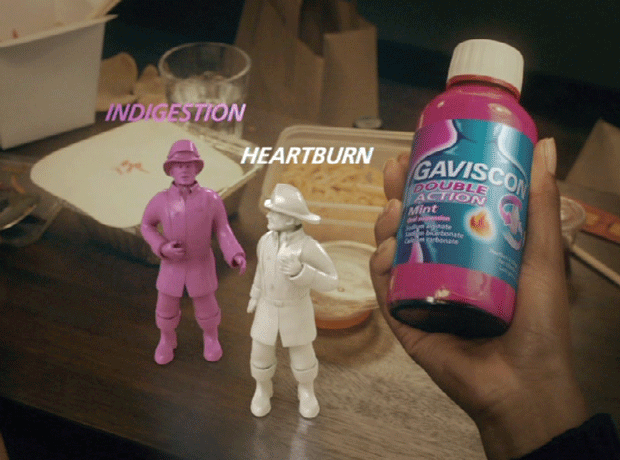
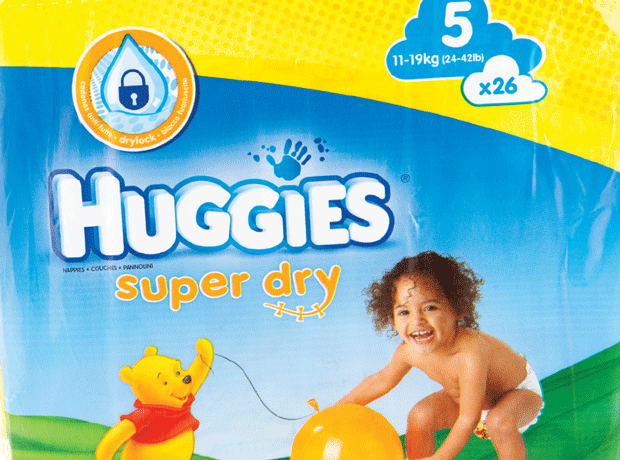


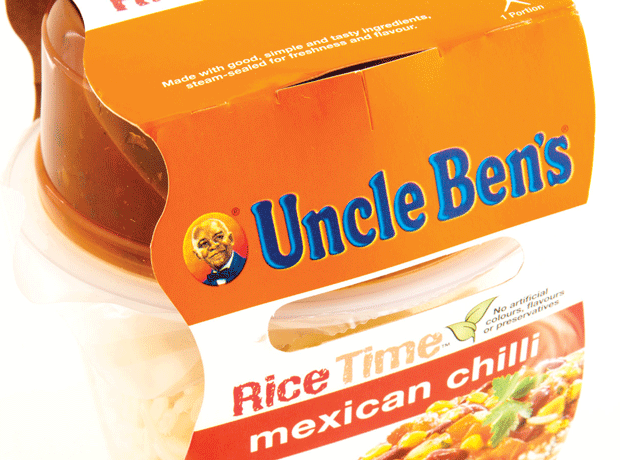
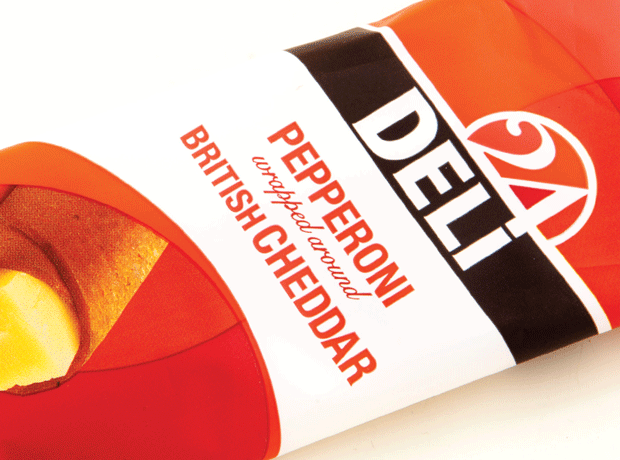

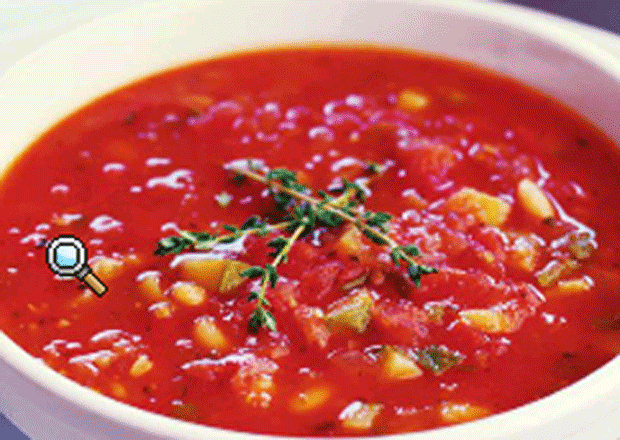




















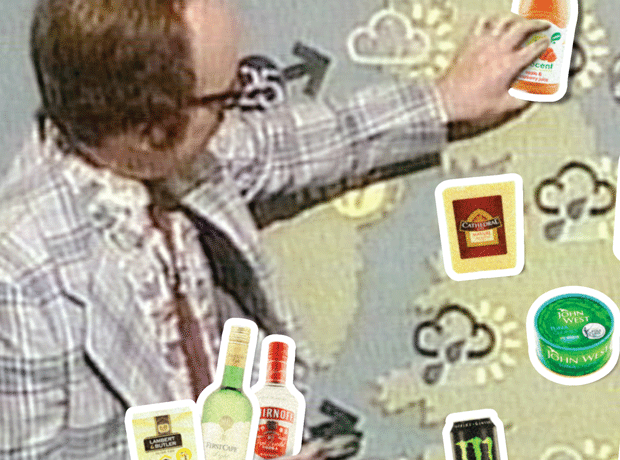





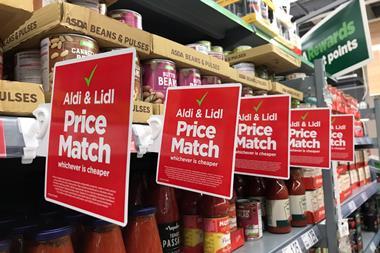
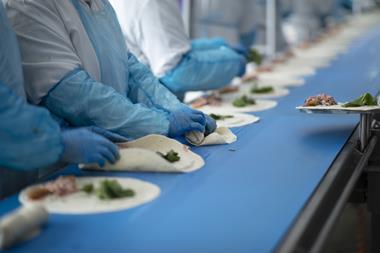
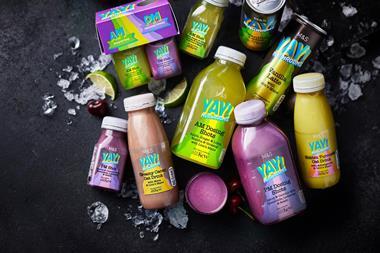

No comments yet